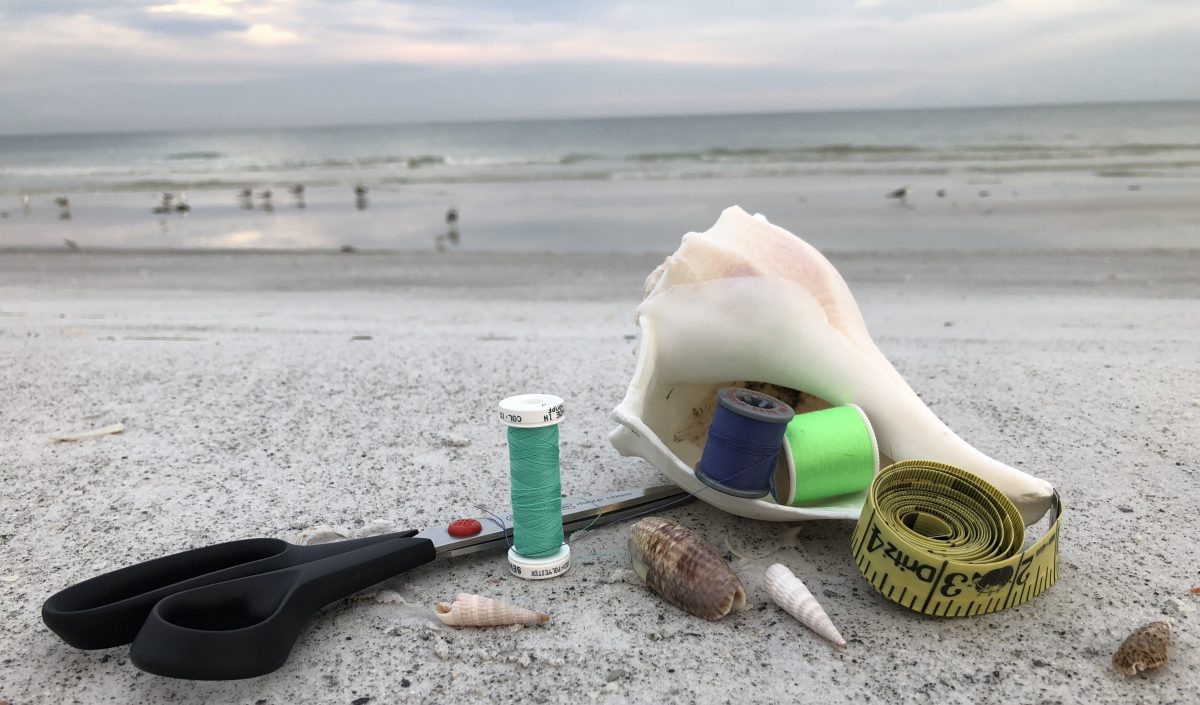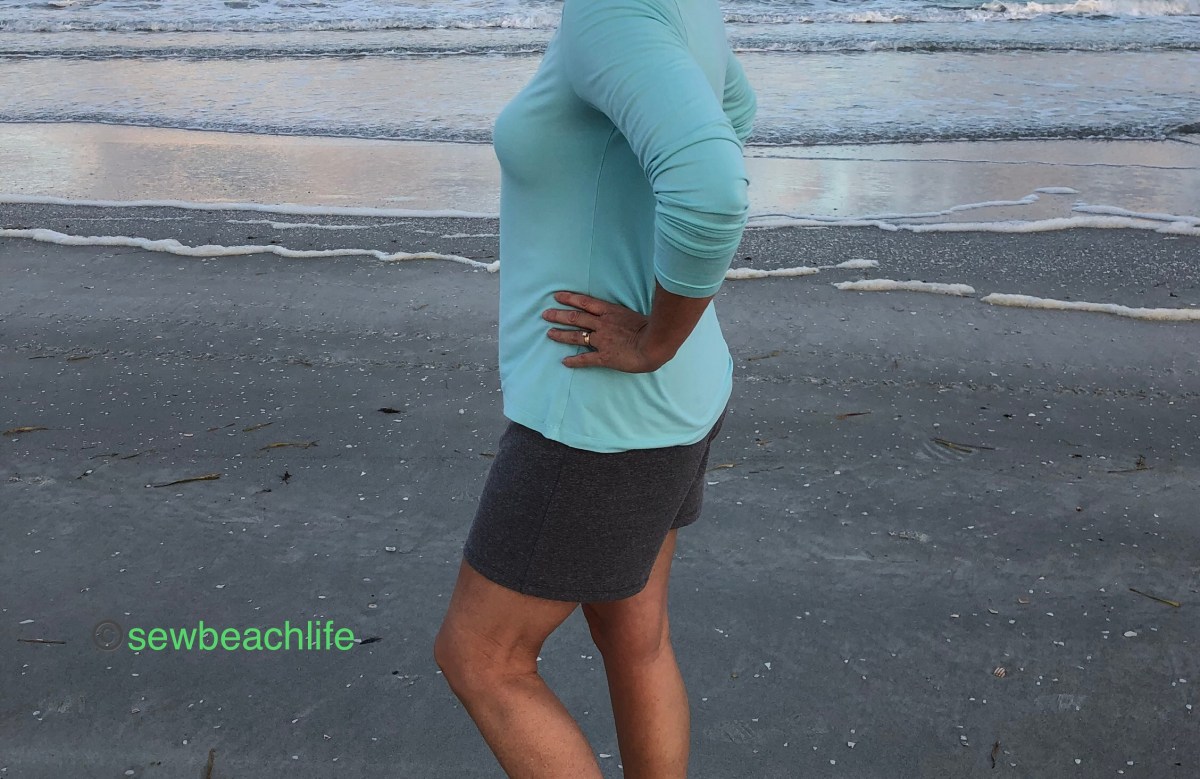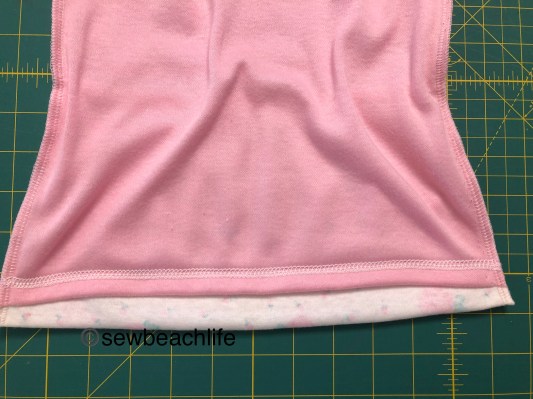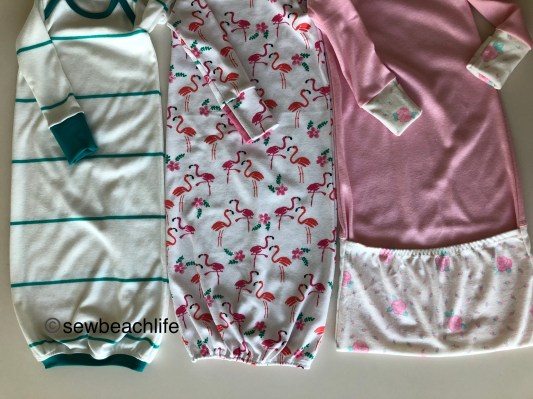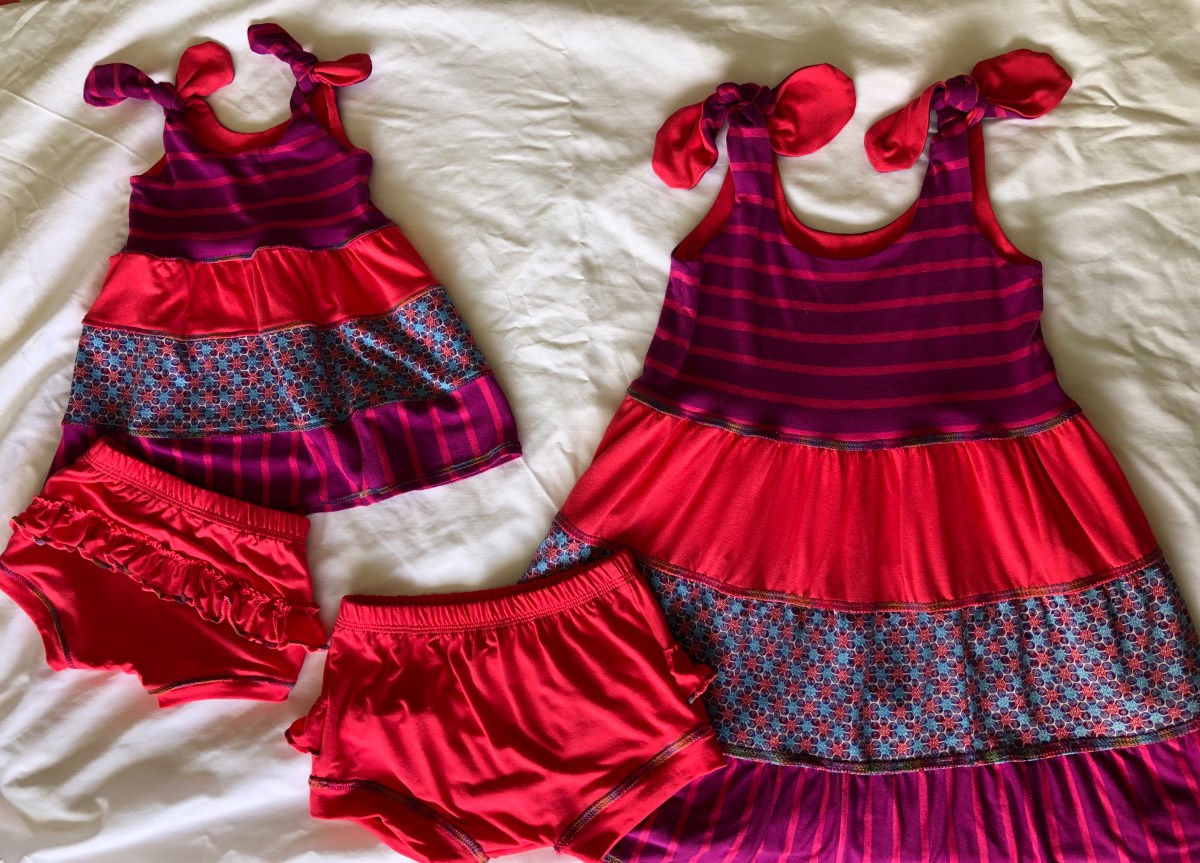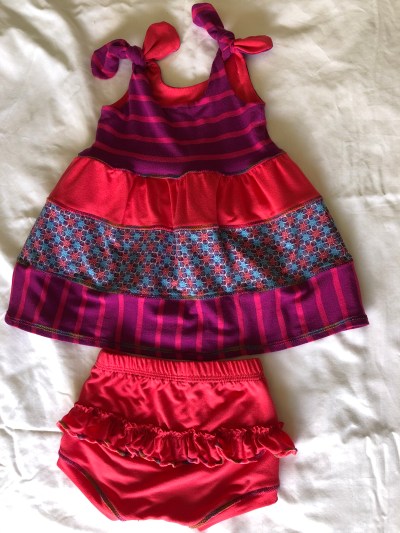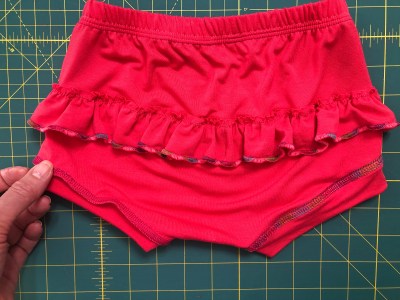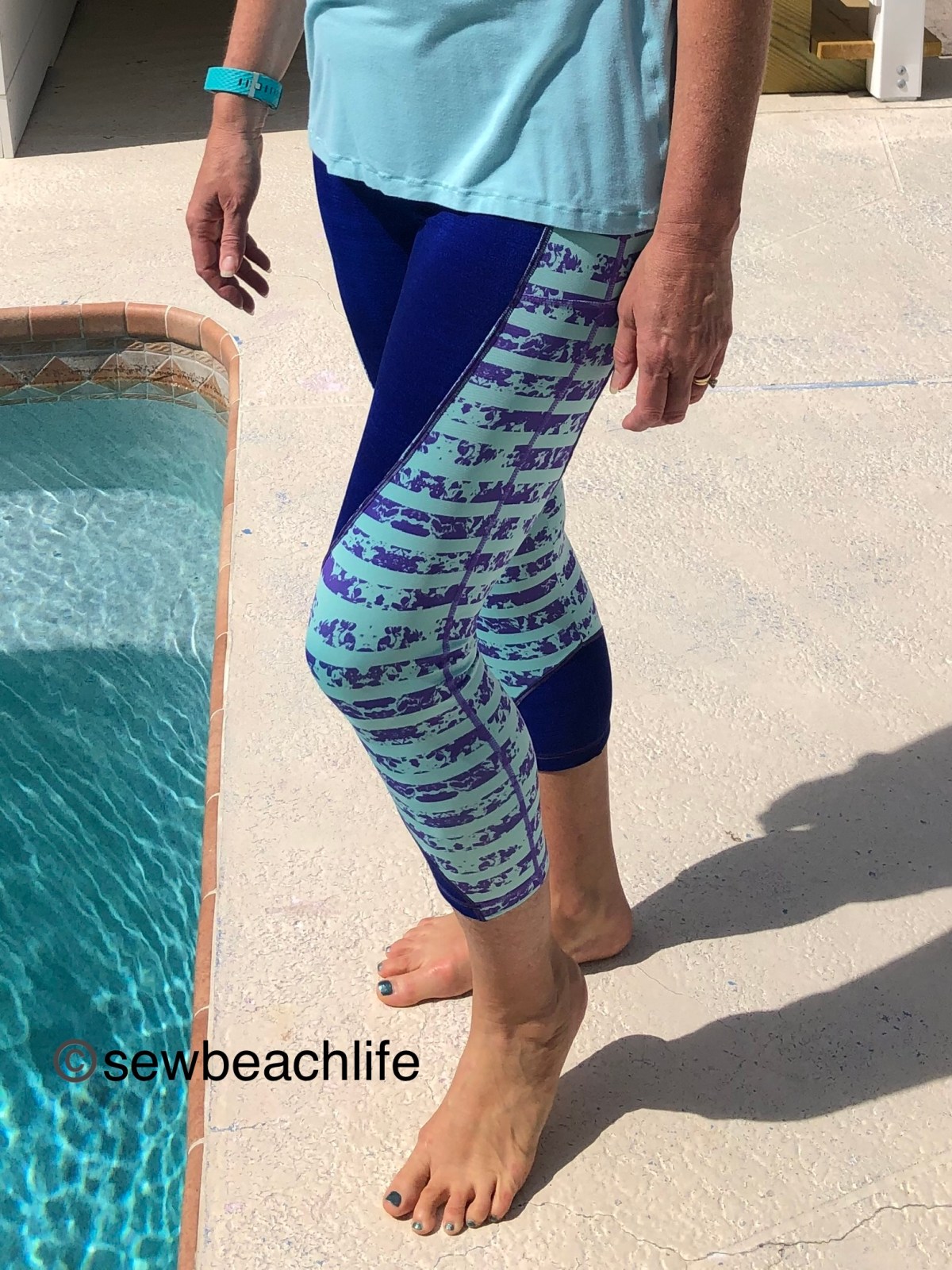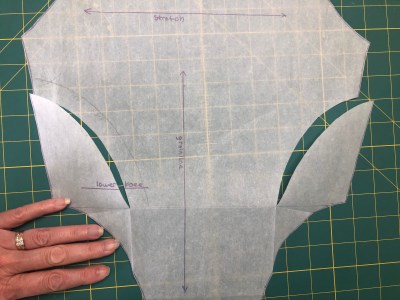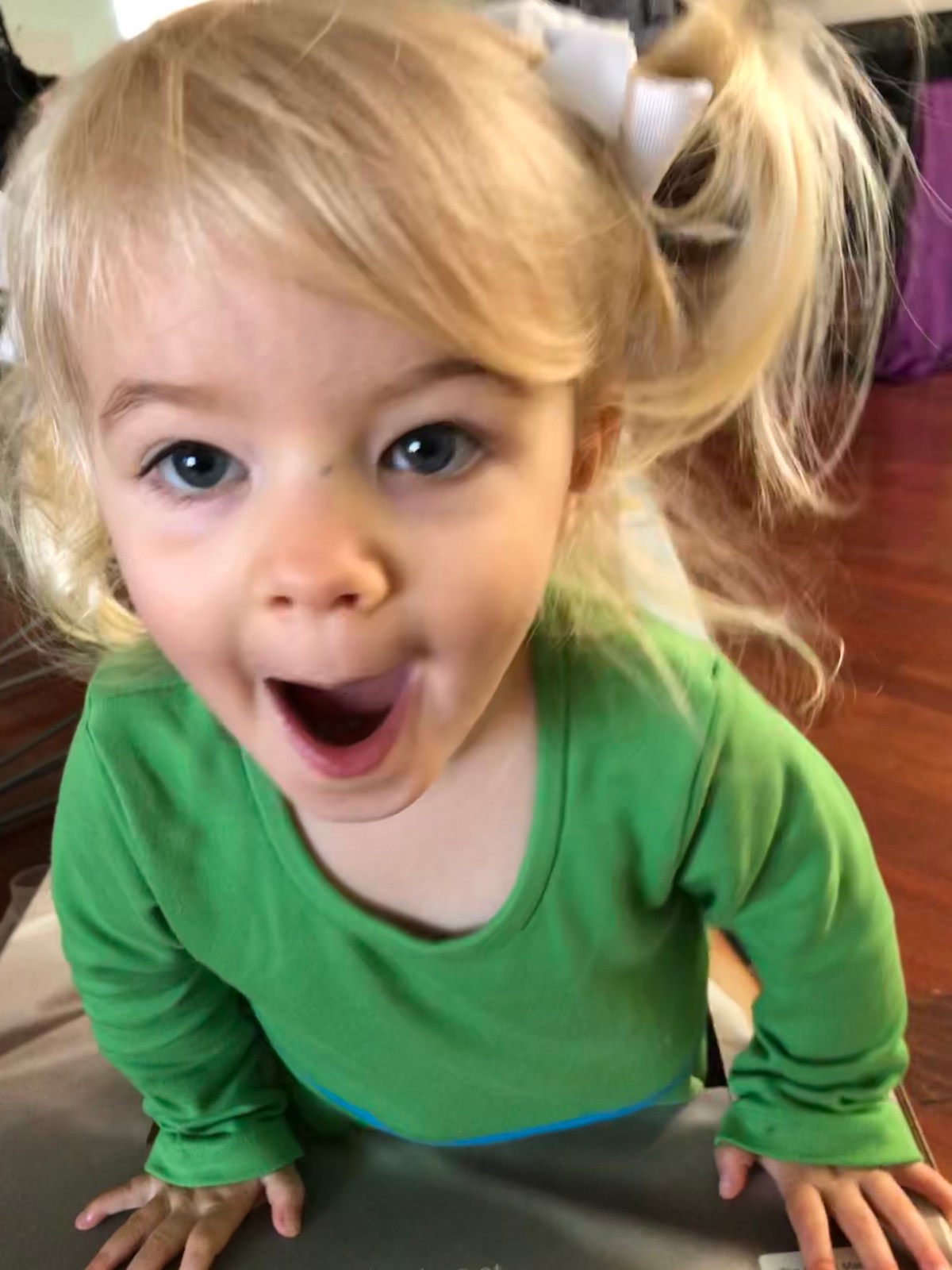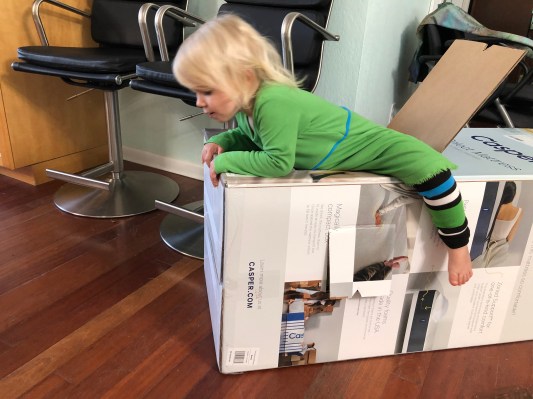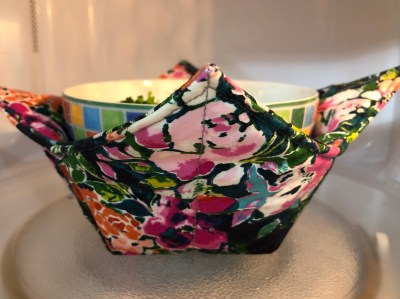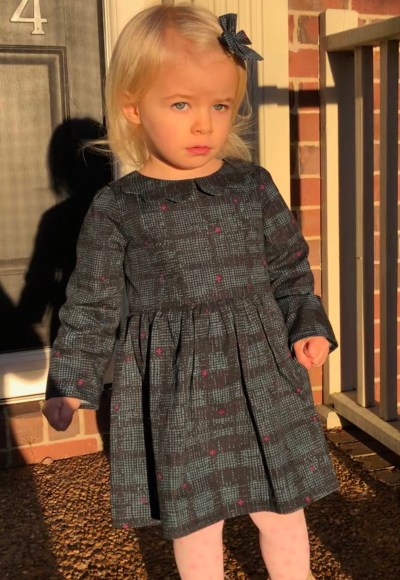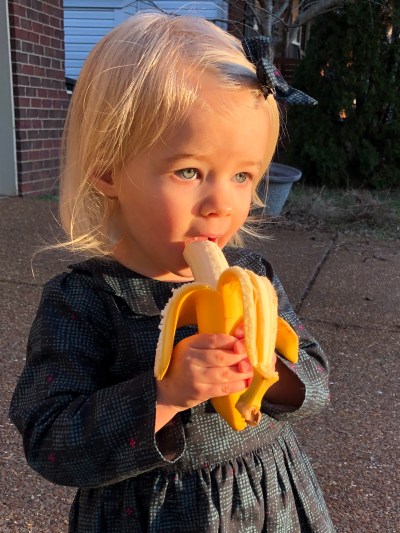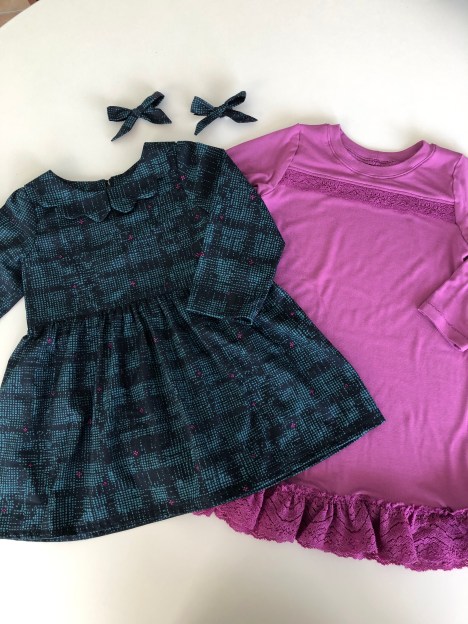When the tester call for the Stitch Upon A Time Midsummer Pants, Capris, and Shorts came out, I was quick to respond as soon as I saw the line drawings. Being a Florida girl, I wear shorts eleven months out of the year, and I needed these shorts in my life!
It’s surprising how much the shorts appealed to me, considering that pretty much all my shorts are a variation of slim fit jogger style. I’m a Grandma. I don’t wear shortie shorts. But the wrap-around running shorts look is just so fun! So I expanded my horizons and tried a whole brand new look, and I love it!

The curved edges give a sporty look that accentuates your legs. And they can be wrapped to the front or the back.
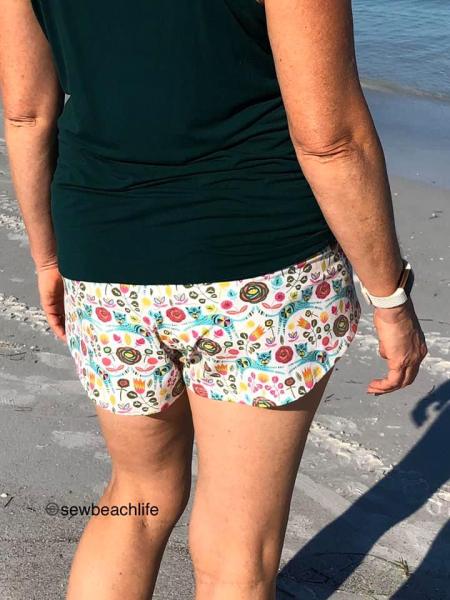
My favorite pair were made with an Art Gallery Fabrics cotton lycra knit. The softness of the AGF fabric gives it a nice drape, better than what you would get for an average cotton lycra.

I also made a pair using nylon spandex tricot. The quick drying fabric would make them perfect for throwing on over a swimsuit. And they’re great for those beach walks when you might wander into the water because it’s so hot!
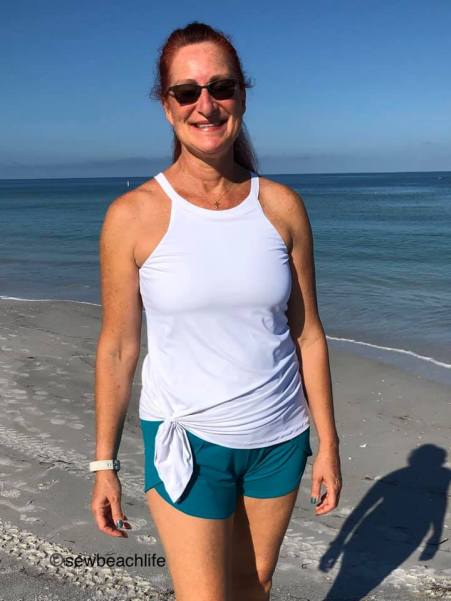
Fabric choice makes a difference in the fit. Because nylon spandex has a lot of recovery, the waistband will try to migrate to the narrowest part of your body. My natural waist is much higher than my belly button, so I think I’ll hack a higher waistband the next time I use this fabric.
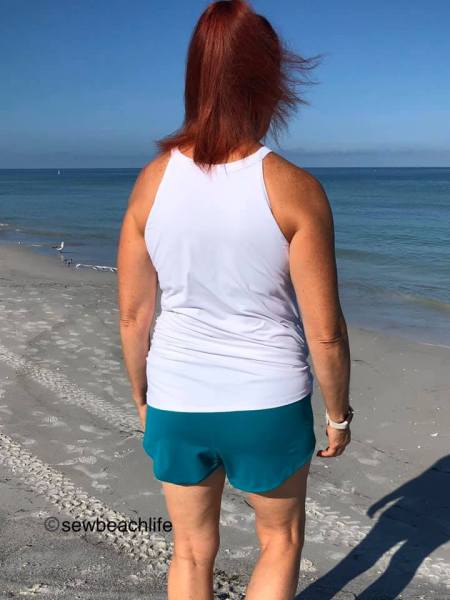
I like that the shorts give decent booty coverage, while still looking sexy. The shorts are a quick sew, even including cover-stitching the curved hem. Seriously! Center front seam, center back seam, crotch seam, hem, baste, and add the waistband.

Which brings me to my sewing tips for the Midsummer Shorts. I like to up the differential to 1.3 while using a 4 thread overlock on the edge of the hem. This helps keep knits from stretching out, and makes getting a smooth curved hem a little easier by slightly easing the curve. Then when you fold it up, you don’t end up with a bumpy hem and it’s easy to top or cover-stitch. I also recommend top-stitching the wrap over section for about 4 inches down, starting at the waistband. This helps keep the wrap flat and in place whether you run or kick or stretch.
Are you ready to try a new look? Even if you’re not a shorts wearer, I can foresee some soft comfy lounge pant or capris for bumming around town.
Get the look: the Midsummer Pants, Capris and shorts pattern.
The emerald rayon spandex for the Aushui Tank was purchased from Phee Fabrics. You can read more about the Aushui Tank (including a fun hack!) here. The Art Gallery Le Tigre fabric was purchased from my local sewing store, but Stitch Upon A Time and Phee Fabrics both carry a selection of Art Gallery Fabrics cotton lycra knits.
The Titania Tunic was made with white circular knit and I used powernet in the shelf bra. You can read more about the Titania Tunic, and my workout top hack here. The teal shorts are nylon spandex tricot.
So, are you ready for some cute new shorts (or capris, or pants)?
This post may contain affiliate links. This means that at no extra cost to you, I may receive a small commission if you purchase through my link. As always, I only give my honest opinion. After all, it is my blog, which represents me! 🙂 Thank you for reading and sharing my love of sewing, patterns, and fabric. ❤
